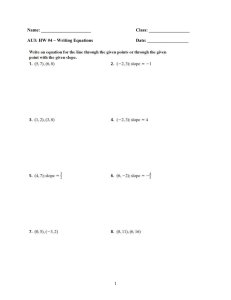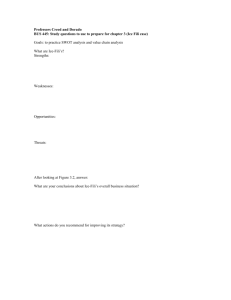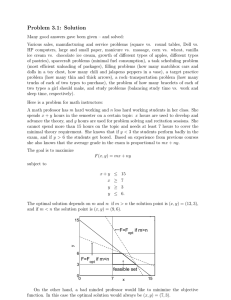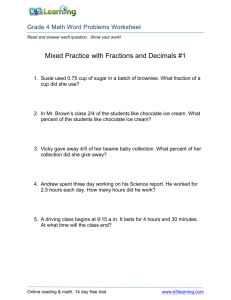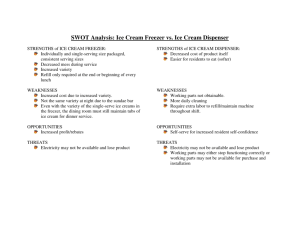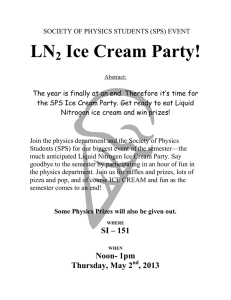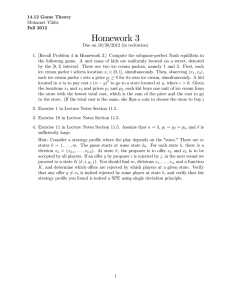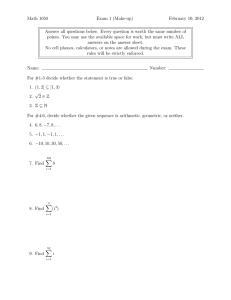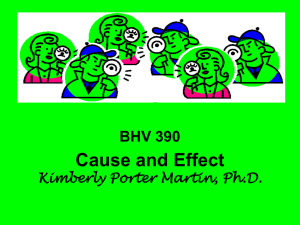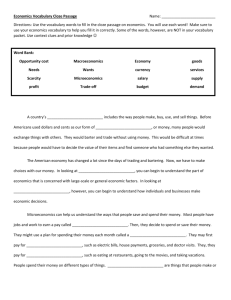Lurking vs. Confounding Variables Explained
advertisement
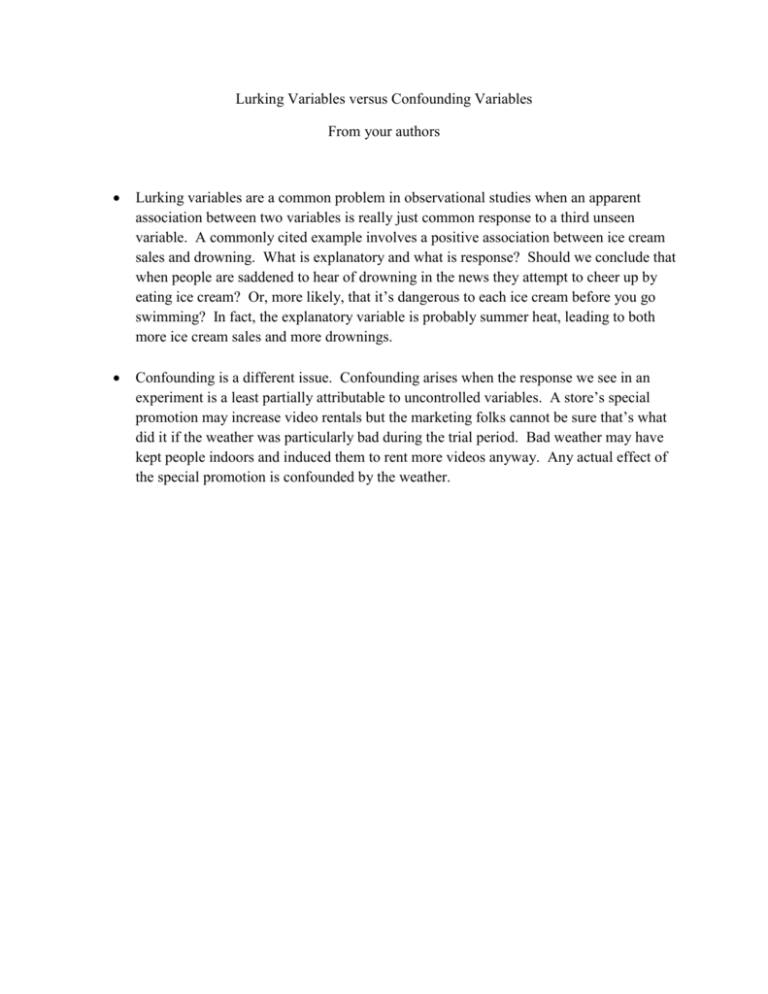
Lurking Variables versus Confounding Variables From your authors Lurking variables are a common problem in observational studies when an apparent association between two variables is really just common response to a third unseen variable. A commonly cited example involves a positive association between ice cream sales and drowning. What is explanatory and what is response? Should we conclude that when people are saddened to hear of drowning in the news they attempt to cheer up by eating ice cream? Or, more likely, that it’s dangerous to each ice cream before you go swimming? In fact, the explanatory variable is probably summer heat, leading to both more ice cream sales and more drownings. Confounding is a different issue. Confounding arises when the response we see in an experiment is a least partially attributable to uncontrolled variables. A store’s special promotion may increase video rentals but the marketing folks cannot be sure that’s what did it if the weather was particularly bad during the trial period. Bad weather may have kept people indoors and induced them to rent more videos anyway. Any actual effect of the special promotion is confounded by the weather.

